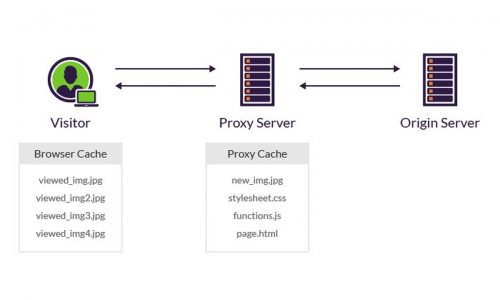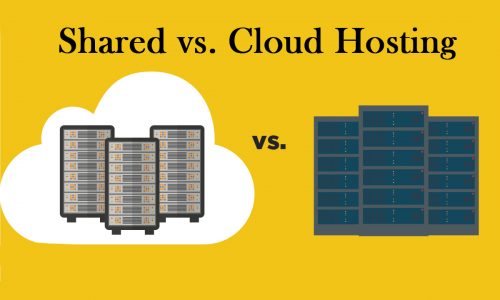Amazon’s AWS cloud computing has dramatically changed the cloud industry to the point that AWS was ranked the No. 1 vendor in the IaaS market in 2017, just ahead of Microsoft’s Azure. But how did it get here? What distinguishes their business offering? To respond to these questions, we suggest a list of reasons why it is ranked first, highlighting its advantages and value proposition.
1. It Offers A Wide Range Of Highly Specific Services:
AWS offers more than 50 services in categories such as game development, database migration, networking, and content distribution, visualisation tools for developers, domain and hosting offers, security and identity analysis management tools, artificial intelligence and machine learning visualisation tools, mobile applications, desktop and application streaming, and even e-commerce.
2. Scalability that is infinite :
AWS cloud services are flexible and nearly infinite, which is why their pricing varies based on the amount of resources used – which is perfect if you want to keep track of your expenditures all the time.
3. A High Hybridity Degree :
The hybrid design of AWS also adds to its versatility. Users do not have to choose between their on-premises networks and cloud services. The Elastic Compute Cloud (EC2) does, in reality, allow you to run application programmes and virtual machine pools (VMs) indefinitely.
4. The Ability to Include Workloads That Can Be Changed On Demand :
As a result, Amazon provides a number of instance types with varying CPU, memory, storage, and network resource configurations, all of which are available in a variety of sizes to fit various workloads.
5. Downloading and migration are simple with Amazon S3 :
At the same time, the Amazon Simple Storage Service, also known as “Amazon S3,” is a scalable storage service for saving, backing up, and archiving data applications online. It also helps you to download and store virtually any file or object up to five gigabytes (5 GB) in size in both directions. In addition, Amazon.com does not put a cap on how many products a subscriber can store.
6. You Can Run The Applications Across Multiple Availability Zones At the Same Time:
The data is stored on redundant servers spread across multiple data centres. Indeed, AWS cloud resources are divided into regions, each of which is made up of many smaller geographical areas known as availability zones. This is achieved in order to mitigate the impact of downtime while still maintaining system reliability. It also means that, in the event that every data centre goes down, you can choose where you want to run server instances or store data.
7. The Use Of Sophisticated Encryption Methodologies :
Subscribers have the option of keeping their data private or making it publicly available. They may even encrypt their data before storing it if they choose to – these access rights are customizable for each consumer. Furthermore, when a subscriber stores data in S3, Amazon keeps track of its use for billing purposes but does not access the data unless allowed by law. They do, however, ask permission to conduct penetration tests on your account at regular intervals in order to identify possible vulnerability scans originating from the AWS platform.
8. It Handles Complex Queries That Can Require Cluster Scaling, Software Patching, or Careful Indexing:
Amazon DynamoDB for databases is a completely managed NoSQL database service, which means you have access to a variety of technology and architectures to solve scalability and big data efficiency problems that relational databases aren’t built to handle. Indeed, an organisation can use a NoSQL database to access vast volumes of unstructured data through best vps server without having to use SQL.
9. You Can Get More Results Per Second Despite Unstructured Data :
Amazon Redshift allows users to run complex analytic queries over many petabytes of structured data, store data in columns on high-performance local discs, and run massively parallel queries, allowing them to get more results per second. In reality, this service is completely scalable, allowing you to run SQL queries on multiple exabytes of unstructured data stored in Amazon S3.
10. Has Found New Ways To Identify Previously Undiscovered Information Opportunities Using Intelligent Search Options:
By highlighting, automatically populating default data, or conducting location-based searches, Amazon CloudSearch, which is available in 34 languages, makes it simple to set up, manage, and scale a search solution for a website or application.







